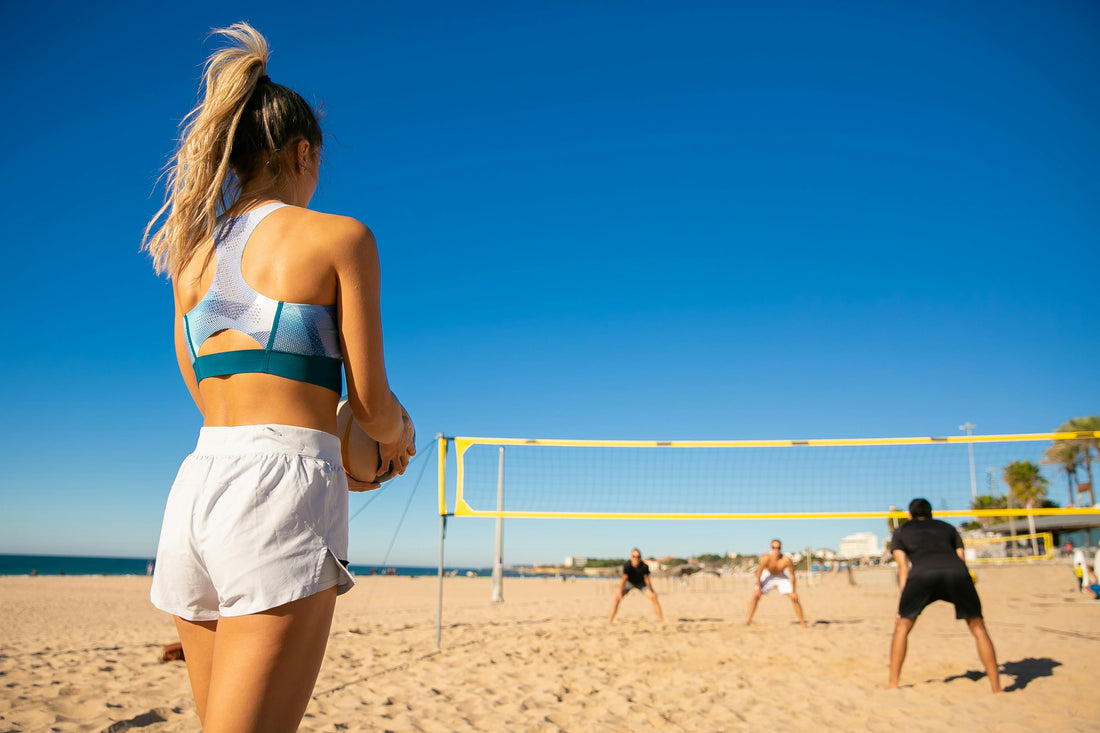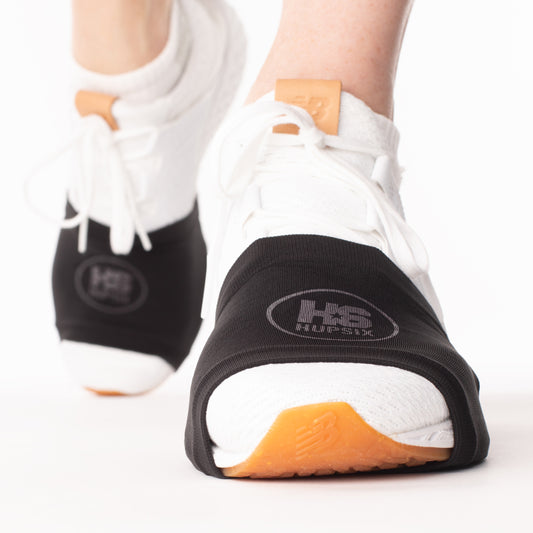
Best At-Home Workout for Retired Athletes
Updated October 2025 – New insights on heart-rate zones and recovery for former athletes.
The best workout for retired athletes starts with cardio. Full stop. As you get older, your heart gets weaker unless you train it—and endurance makes the difference whether you’re competing, staying active, or just wanting more years of high-quality life. That’s why every serious program for athletes after sport begins with building and maintaining cardiorespiratory fitness (CRF).
What Is the Best At-Home Workout for Retired Athletes?
The best at-home workout for retired athletes is one that strengthens both the heart and coordination. HupSix does both—delivering vigorous cardio and agility training in 30 minutes using compact gear and guided classes set to rock music.
When skill levels are equal, it’s endurance that separates who holds up and who fades. That was true on the field, and it’s even more true later in life. Cardio keeps the heart adapting, gives you the stamina to keep doing the activities you love, and protects the health span that strength or skill alone can’t deliver.
Why Cardio Is Still the Foundation
Dr. Kenneth Cooper proved it decades ago. Before the 1970 World Cup, Brazil’s national team trained using his aerobic methods—and won it all. His later studies with U.S. Air Force recruits showed the same thing: higher CRF meant faster recovery, fewer illnesses, and better decision-making under stress. When skill levels are equal, endurance decides who keeps performing when fatigue hits.
That truth hasn’t changed. Endurance wins. Whether the goal is competition, recreation, or extending health span, CRF remains the most consistent predictor of performance and longevity.
What the Science Shows
Health guidelines are clear: adults need 150 minutes of moderate or 75 minutes of vigorous aerobic activity each week. Vigorous counts double. That’s straight from the CDC and the American Heart Association.
The Norwegian 4×4 method takes it further. Developed by professors Jan Helgerud and Jan Hoff at NTNU, it’s been called a modern-day fountain of youth. Why? Because consistent 4×4 training can raise VO₂ max and reset the biological age of your heart. Someone in their 60s can rebuild the elasticity and efficiency of a heart decades younger.
This isn’t about chasing extremes. It’s about structured, vigorous cardio that rolls back the clock on your cardiovascular system—giving everyday athletes the endurance and resilience to keep performing at a high level.
Where HupSix Fits
Treadmills, bikes, rowers, and ellipticals will all raise your heart rate—but they don’t train agility or reaction time. HupSix does.
- Handles in hand the entire class. Light resistance keeps your body connected and balanced.
- Structured rounds. Every move is learned, practiced, and then executed full out to original rock music.
- Progressive format. Each session builds to a final combo that demands timing, coordination, and focus when fatigue sets in.
On the data side, a 30-minute HupSix class regularly logs ≈ 40–50 minutes of cardio credit on a heart-rate monitor. That’s efficient, zone-level training—the kind that drives the adaptations Dr. Ben Levine and others identified as keys to performance and longevity.
Still Competing or Just Staying Active?
Even if your playing days are behind you, you can still train like an athlete. HupSix challenges timing and coordination so your heart and reflexes stay game-ready—without pounding your joints. That’s the difference between “just exercise” and athletic training that feels good.
The Bottom Line
Workouts built for athletes stepping out of competition show what matters most: cardio that adapts the heart plus movement skills that carry into everyday life. HupSix delivers both in a compact, structured format that doesn’t waste a minute.
It’s not about burning calories or chasing step counts. It’s about building endurance, coordination, and reaction time—the qualities that win games, extend careers, and add years to life.
Ready to Train Again?
You don’t have to guess what to do next. Try a 30-minute HupSix class and feel how structured cardio built for athletes actually works. If it isn’t one of the most engaging workouts you’ve ever done, send it back—no questions asked.


